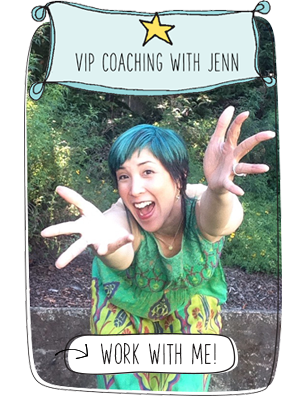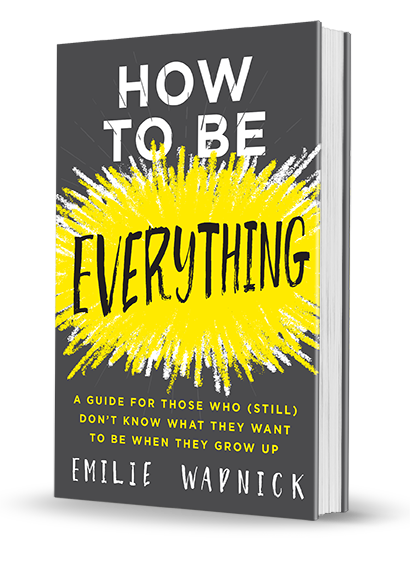
My friend Emilie Wapnick’s new book comes out on May 2nd and you can pre-order yours today to get some cool pre-order bonuses! I had the chance to interview Emilie about how to make having multiple passions work for you in this Part 1 interview. Part 2 will come out next week, just in time for her official pub date!
Emilie’s Interview
Jenn: Lots of creatives I know tend to get down on themselves for not being able to “just pick one thing.” Can you talk to us about what it means to be a mutlipotentialite and how it’s actually a valuable quality to have? I’d love for you to talk about your term Puttylike as well.
Emilie: A multipotentialite is someone with many interests and creative pursuits. We’re curious about a number of unrelated subjects and often move between domains in our career and over the course of our lives. We can be hard to pinpoint or categorize because we’re into so many different things.
“Puttylike” is an adjective that describes a multipotentialite. I got the idea from thinking about silly putty, and how it’s malleable and changes shape, kind of like us. So you could say, “Suzie is a total multipotentialite! Did you see the music video she wrote and produced that explains the laws of Thermodynamics?!” Or you could say: “Suzie is so puttylike! Did you see the music video she wrote and produced that explains the laws of Thermodynamics?!” You get what I’m saying.
Conventional wisdom pegs multipotentialites as “jack-of-all-trades, masters of none,” in other words: ineffective and unsuccessful dilettantes. This couldn’t be further from the truth. Multipotentialites are creative, out-of-the-box thinkers who possess super powers like idea-synthesis (combining two ideas that don’t normally go together–the basis for innovation), rapid learning, adaptability, big picture thinking, and the ability to relate to all kinds of different people and translate between them (an important skill to have when you’re working with big, cross-disciplinary teams).
Jenn: Being a multi-passionate person can feel overwhelming especially when you don’t know how to make it work for you. I love that you offer some great frameworks for structuring your passions into a fulfilling life/career. Can you give us the highlights of your four multipotentialite work models? I’m also curious to know which one are you?
Emilie: While doing research for the book, I interviewed about 50 multipotentialites who self described as being both happy and financially comfortable. Then I surveyed a couple thousand more. I wanted to really grasp how multipotentialites make a living.
At first it was a little frustrating because everyone had very different careers. There were artists, doctors, teachers, entrepreneurs, architects… I thought: if multipotentialites can be happy in pretty much any role, but what works for one multipotentialite doesn’t work for the next, where the heck should people begin when designing their careers? What I eventually realized is that, even though the participants’ specific jobs were different, there were four work models I saw people using again and again. Each of these approaches to work allows you to get the variety you need as a multipotentialite into your work and life:
1. The Group Hug Approach: having one multifaceted job or business that allows you to wear many hats and shift between several domains at work.
Imagine your interests coming together in one big group hug–It’s like that. To give you an example of what this looks like, I interviewed an Urban Planner named Jimena Veloz who told me that over the course of a single week, you might find her: researching, mapping, conducting field visits, interviewing people, working with communities, drafting reports, organizing events, planning the implementation of policy, designing, communicating to the public, advocating for a project to be approved, and evaluating completed projects. Talk about a perfect job for a variety-seeking multipotentialite!
2. The Slash Approach: having two or more part-time jobs and/or businesses that you flit between on a regular basis.
This is the programmer/teacher/stand-up comedian (see those slashes?). Unlike the Group Hug Approach, where you combine your interests in a single job or business, with the Slash Approach, you are keeping them separate and distinct. You have a handful of part-time work projects, each of which appeals to you for a different reason. Most of the Slash Careerists I spoke with enjoy each of their “slashes” a great deal, but wouldn’t want to do any one of them full-time. Moving between unrelated projects creates a fun, dynamic work week and allows you to diversify your income.
3. The Einstein Approach: having one full-time job or business that fully supports you, while leaving you with enough time and energy to pursue your other passions on the side.
Albert Einstein worked at the patent office for many years. He was essentially employed by the government and had this stable, secure day job. He actually developed his theories on the side. Multipotentialites who use the Einstein work model have what author Barbara Sher calls a “good enough job”: a job that takes care of your financial needs but that also leaves you with enough time and energy to pursue your many passions on the side. (By the way, you can also have a “good enough business,” where you have one narrow, lucrative business that pays the bills and then you explore everything else outside of work.)
The Einstein Approach definitely isn’t for everybody. But the multipotentialites who use it told me that it takes the pressure off of having to monetize every little thing they become interested in. Having your financial needs taken care of can be quite freeing. My favourite example is a guy I interviewed named Charlie Harper. Charlie is an IT manager by day, but come 5pm, he leaves the office and goes to musical theatre practice. He also sings in an a capella group and he builds furniture and boats on the weekend.
4. The Phoenix Approach: working in a single industry for several months or years and then shifting gears and starting a new career in a new industry.
Some multipotentialites like going deeper in a single industry for longer periods of time. At a certain point, they begin to feel like they’ve learned and experienced all they need to, and are ready for a new adventure. At that point, they begin building their skills and connections in a new domain that has piqued their interest, and eventually transition to the new field.
The phoenix is a good metaphor for this kind of multipotentialite because it’s kind of like they reach the end of their “life” in a particular career, burst into flames (or decompose slowly, depending on the interpretation of the myth) and are reborn from the ashes to embark on a new career.
By the way, it is totally possible to be a hybrid of two or more of these work models. Feel free to mix and match these approaches and customize them to your heart’s content.
And since you asked, right now I’m using the Group Hug Approach (my business/online community, Puttylike, is extremely multifaceted. I feel like I’m switching hats all week long, going from writing to speaking to developing courses, to coaching, to design… I also get to focus on topics as varied as work, creativity, mental health, fear, etc.), but I definitely have phoenix tendencies, too. Check in with me in ten years and I bet I’ll be doing something very different (wink wink).
Jenn: Thanks so much for sharing your unique gifts so that we can embrace our puttylike nature. How can we find out more about your work?
Emilie: Thanks Jenn! You can learn more about my new book at HowtoBeEverything.com. And if you’d like to check out the community and blog, head over to Puttylike.com and say hi!
Stay tuned next week for Part 2 of Emilie’s interview where she’ll talk about productivity hacks for multipotentialites, how to get over Imposter Syndrome, and how to lead with your gifts.
 Emilie Wapnick is a writer, artist, career coach and community leader. She is the Founder and Creative Director at Puttylike, where she helps multipotentialites (people with many passions, skills, and creative pursuits) integrate all of their interests to create dynamic, fulfilling and fruitful careers and lives.
Emilie Wapnick is a writer, artist, career coach and community leader. She is the Founder and Creative Director at Puttylike, where she helps multipotentialites (people with many passions, skills, and creative pursuits) integrate all of their interests to create dynamic, fulfilling and fruitful careers and lives.
Emilie has been featured in Fast Company, Forbes, The Financial Times, The Huffington Post and Lifehacker. Her TED talk, Why Some of Us Don’t Have One True Calling has been viewed over 3 million times and translated into 36 languages.


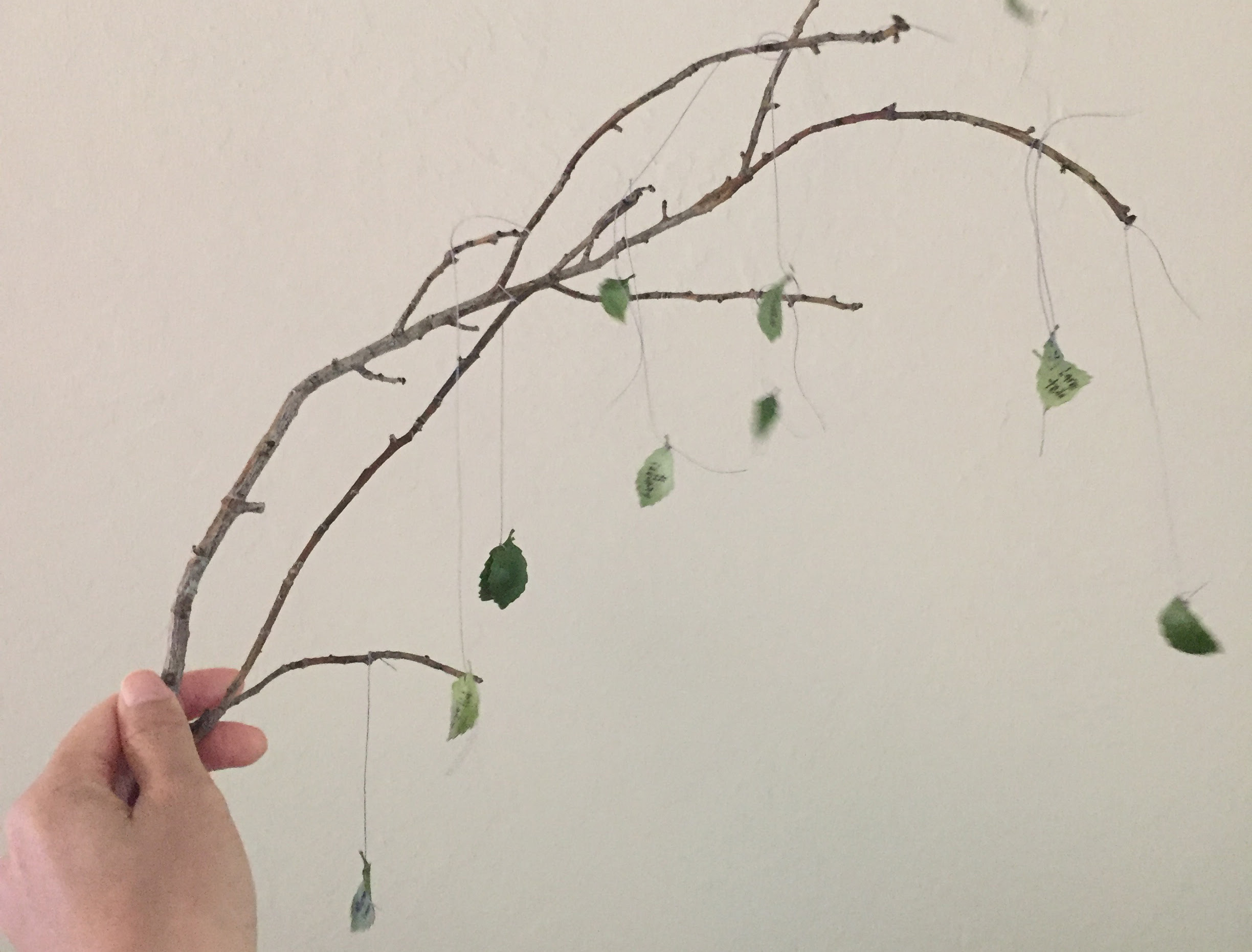
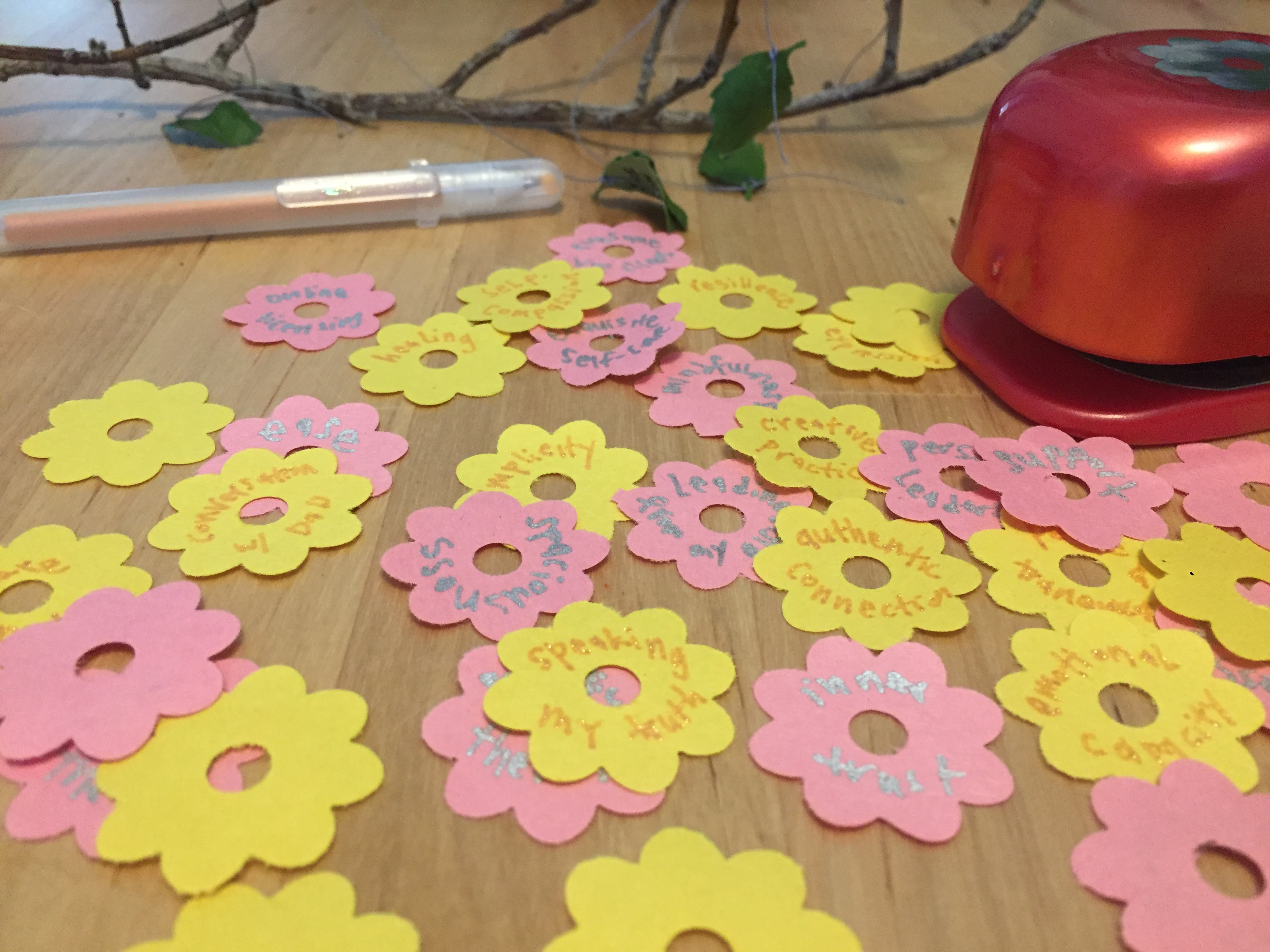
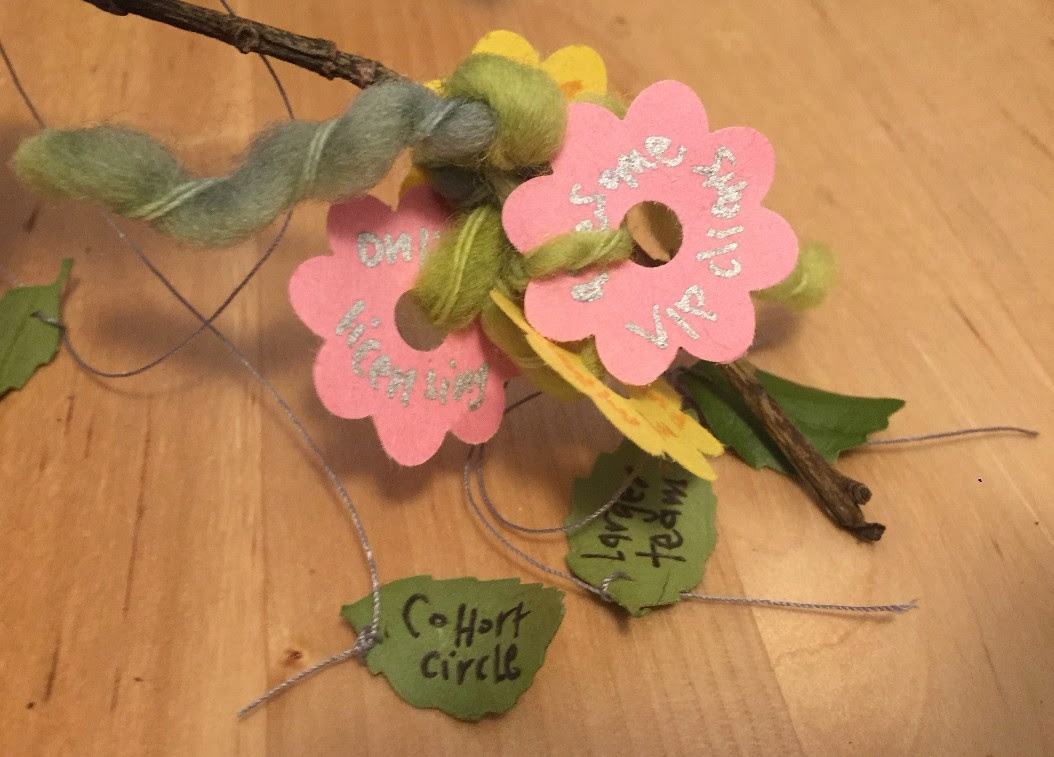

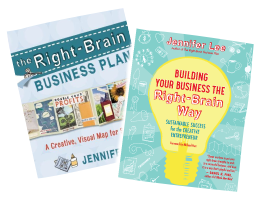
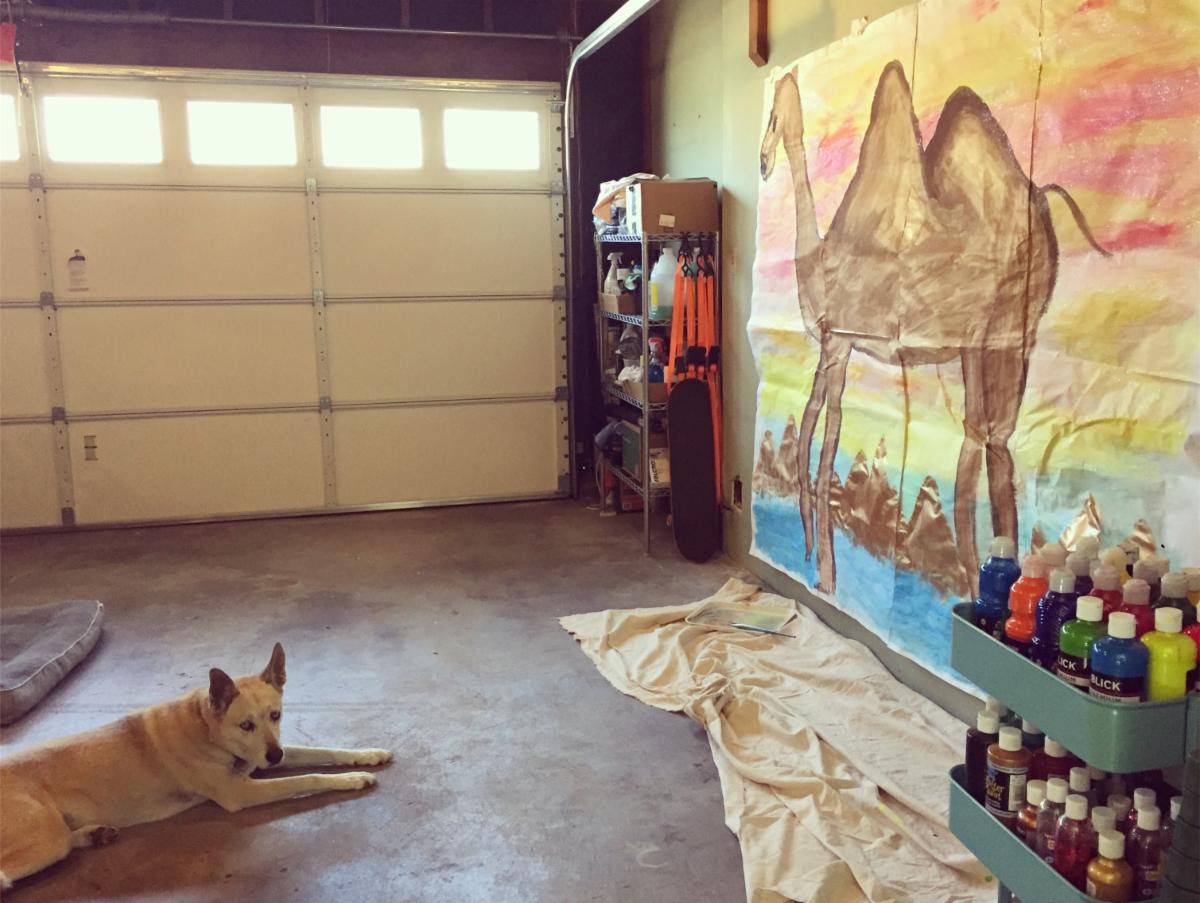

 Emilie Wapnick is a writer, artist, career coach and community leader. She is the Founder and Creative Director at Puttylike, where she helps multipotentialites (people with many passions, skills, and creative pursuits) integrate all of their interests to create dynamic, fulfilling and fruitful careers and lives.
Emilie Wapnick is a writer, artist, career coach and community leader. She is the Founder and Creative Director at Puttylike, where she helps multipotentialites (people with many passions, skills, and creative pursuits) integrate all of their interests to create dynamic, fulfilling and fruitful careers and lives.
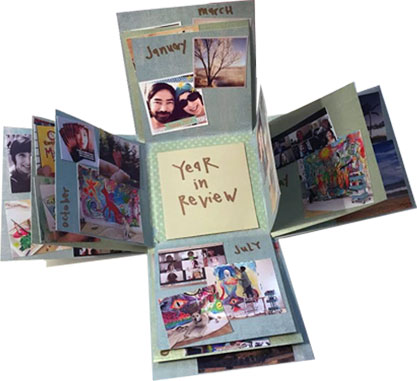
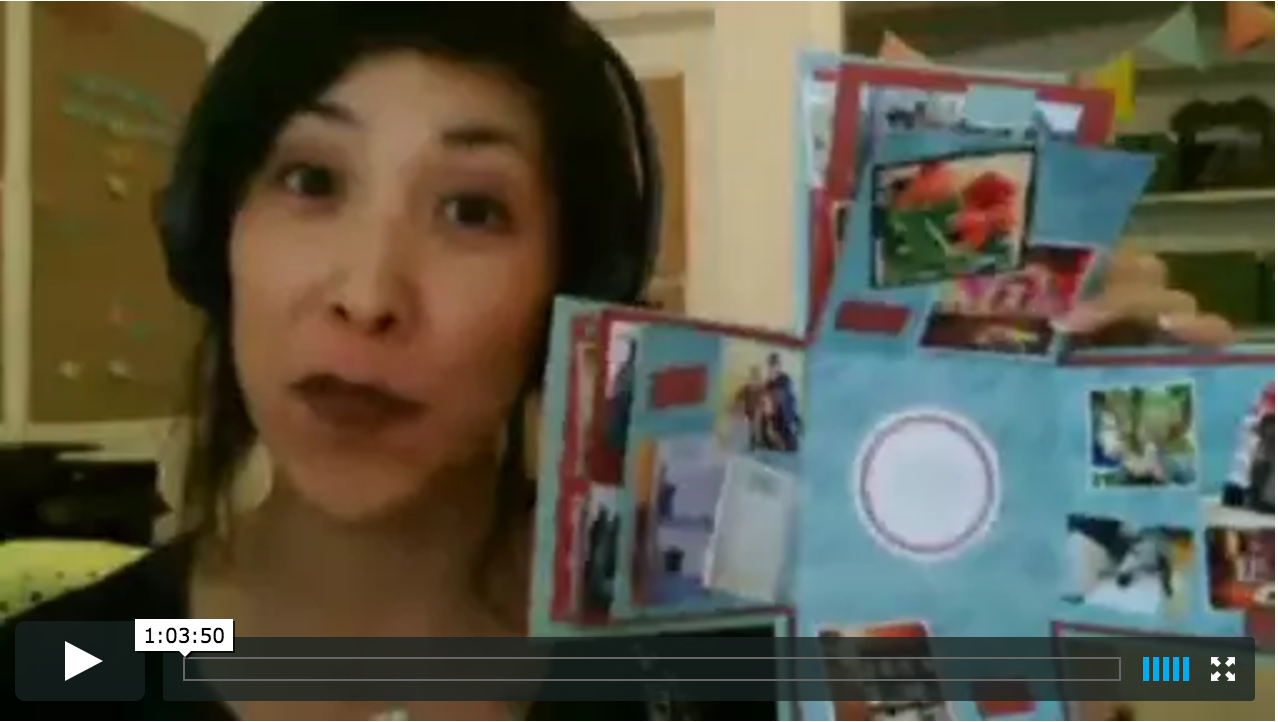
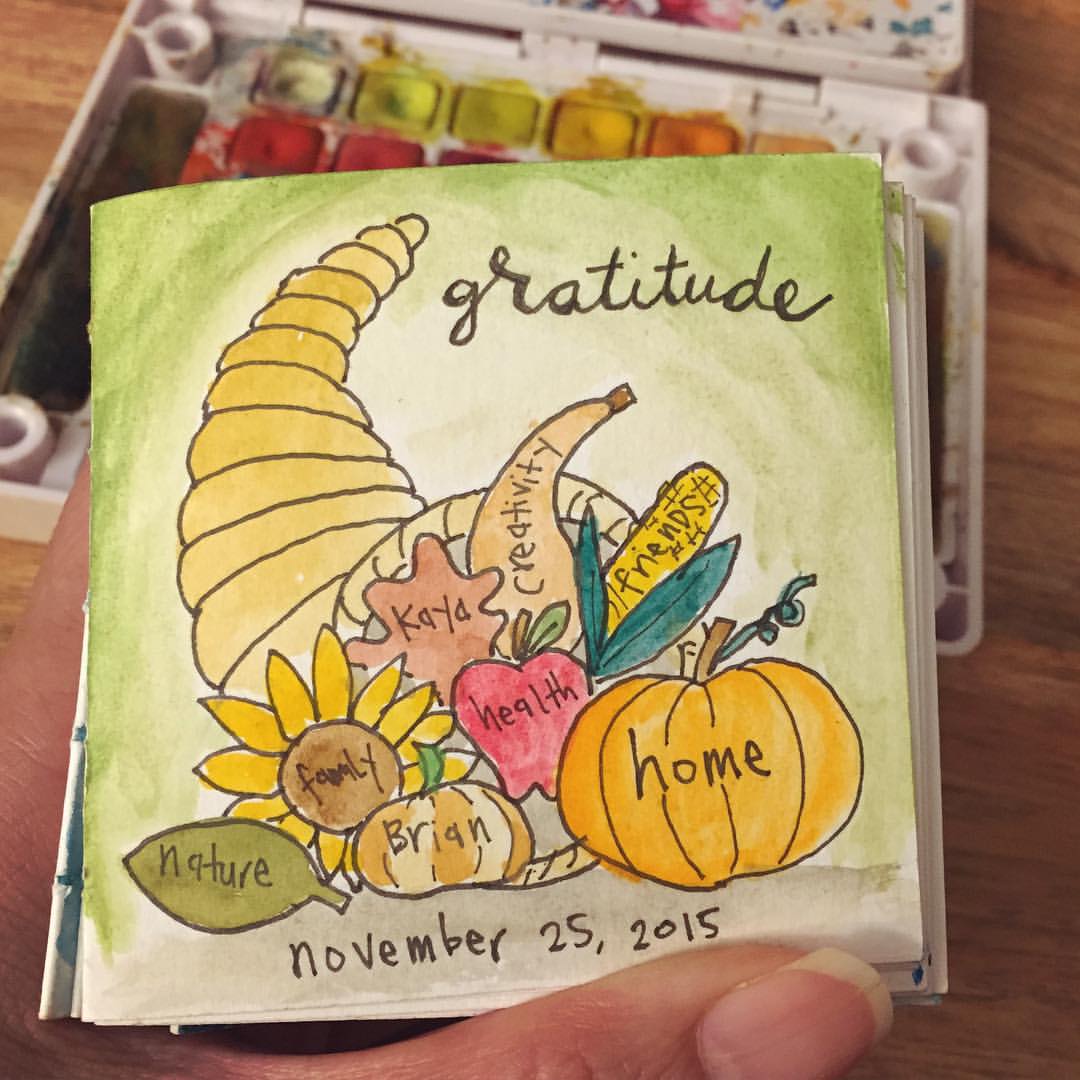
 Practicing an attitude of gratitude is a great right-brain booster and helps me appreciate all of the good stuff in my life, especially when I’m going through a rough patch or life feels more challenging than usual.
Practicing an attitude of gratitude is a great right-brain booster and helps me appreciate all of the good stuff in my life, especially when I’m going through a rough patch or life feels more challenging than usual.